For ideal dark frame reuse in astrophotography: 1) Match temperatures precisely between your light and dark frames by monitoring sensor conditions during capture. 2) Build a seasonal library with various exposure times and ISO settings to accommodate changing conditions. 3) Use dark frame optimization features in stacking software to recycle existing frames effectively. These techniques will greatly reduce noise while saving you valuable imaging time. Discover how these strategies can transform your calibration workflow.
Temperature Matching for Optimal Dark Frame Libraries
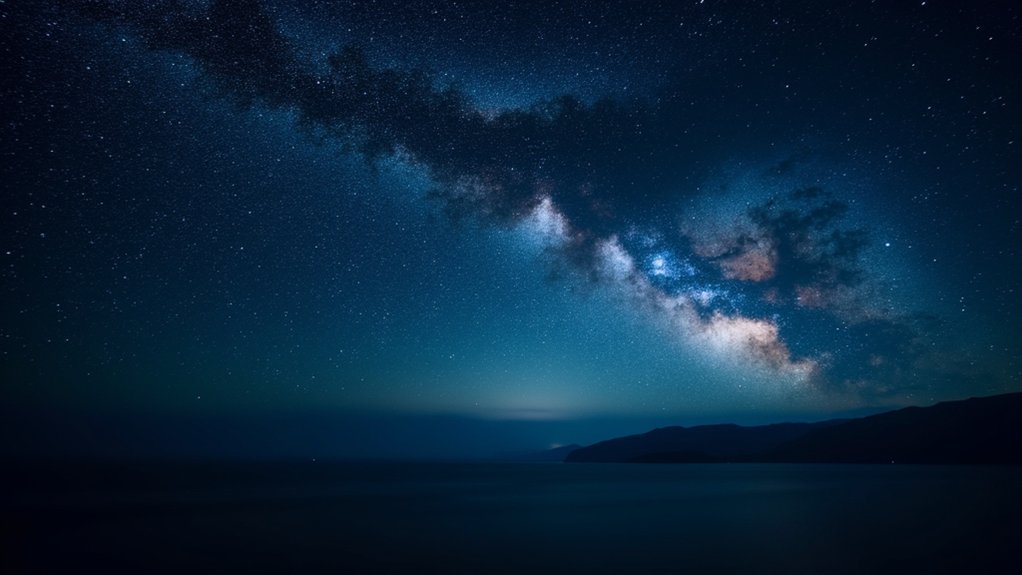
While many astrophotographers focus primarily on exposure time and ISO settings when reusing dark frames, temperature matching is equally critical for effective noise reduction. Your sensor’s noise characteristics change markedly with temperature fluctuations, making dark frames taken on different nights potentially ineffective for calibration.
To build an effective dark library, capture master darks at various ambient temperature ranges you typically encounter during imaging sessions. Monitor your sensor temperature throughout each session using tools like Darkmaster or EXIFLOG.
When temperatures drift beyond your library’s range, it’s time to create new dark frames.
Remember that properly matched dark frames (temperature, exposure time, and ISO) will dramatically reduce the noise in your final images. Refresh your dark library regularly, especially when seasonal temperature changes affect your imaging environment.
Strategic Dark Frame Capture During Seasonal Changes
Seasonal temperature variations present unique challenges for astrophotographers maintaining effective dark frame libraries. As temperatures fluctuate throughout the year, your camera’s sensor performance changes, affecting noise patterns in your astrophotography.
Tracking seasonal temperature shifts ensures optimal dark frames and cleaner deep-sky images year-round.
For ideal noise reduction, capture new dark frames at the beginning of each season. Match the ISO, exposure time, and temperature of your light frames precisely. During longer imaging sessions when temperatures might shift, take additional dark frames to guarantee continued accuracy.
Consider building a thorough library of dark frames at various temperature ranges, especially if you frequently shoot in changing conditions. Tools like Darkmaster can help monitor sensor temperatures, signaling when it’s time to update your dark frame collection.
This strategic approach guarantees you’ll always have appropriate dark frames available regardless of seasonal changes.
Software Optimization Techniques for Dark Frame Recycling

Although capturing fresh dark frames for every imaging session represents the ideal approach, modern software solutions now enable astrophotographers to recycle existing dark frames with remarkable effectiveness.
By leveraging specialized features, you can maximize the utility of your existing calibration frames.
- Utilize Dark Optimization in your stacking software to adjust dark frame levels to match your light frames’ background, enhancing calibration quality without new captures.
- Monitor sensor temperatures with tools like Darkmaster or EXIFLOG to guarantee the best matching between archived darks and current conditions.
- Build a thorough dark frame library with various exposures, ISOs, and temperatures for flexibility across different imaging scenarios.
- Experiment with dark frame scaling in advanced stacking software to simplify the calibration process while maintaining excellent image quality.
Frequently Asked Questions
How Many Dark Frames Should I Take for Astrophotography?
You’ll want to capture at least 15-20 dark frames for effective noise reduction. Some experienced astrophotographers take 50-100 frames for nearly noise-free results. Match your light frames’ ISO, exposure time, and temperature.
How to Take Dark Frames for Astrophotography?
To take dark frames, cover your lens completely, use the same ISO and exposure time as your light frames, and shoot at least 10-15 frames immediately after your imaging session to maintain similar temperature conditions.
Is 20 Dark Frames Enough?
While 20 dark frames provide basic noise reduction, you’ll get better results with 50-100 frames. More frames effectively minimize both random and fixed-pattern noise, giving you cleaner final images in your astrophotography.
Is 10 Dark Frames Enough?
Ten dark frames provide some noise reduction, but they’re not ideal. You’ll achieve considerably better results using 20-50 frames. The more dark frames you capture, the cleaner your final image will be.
In Summary
You’ve now mastered three powerful techniques to maximize your dark frame libraries. By matching temperatures, planning seasonal captures, and leveraging software optimization, you’ll save countless hours while maintaining image quality. Don’t waste time capturing unnecessary dark frames—recycle them strategically instead. Your astrophotography workflow will become more efficient, letting you focus on what matters most: capturing the beauty of the night sky.
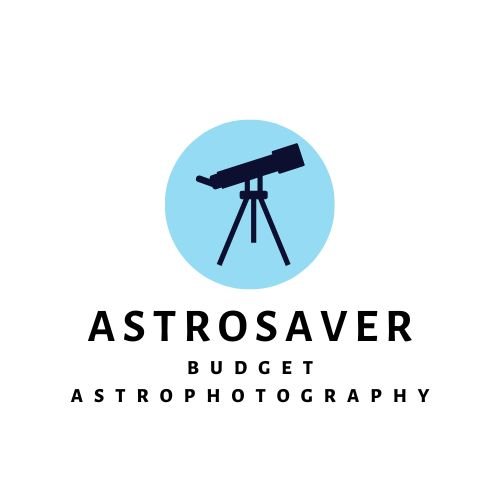
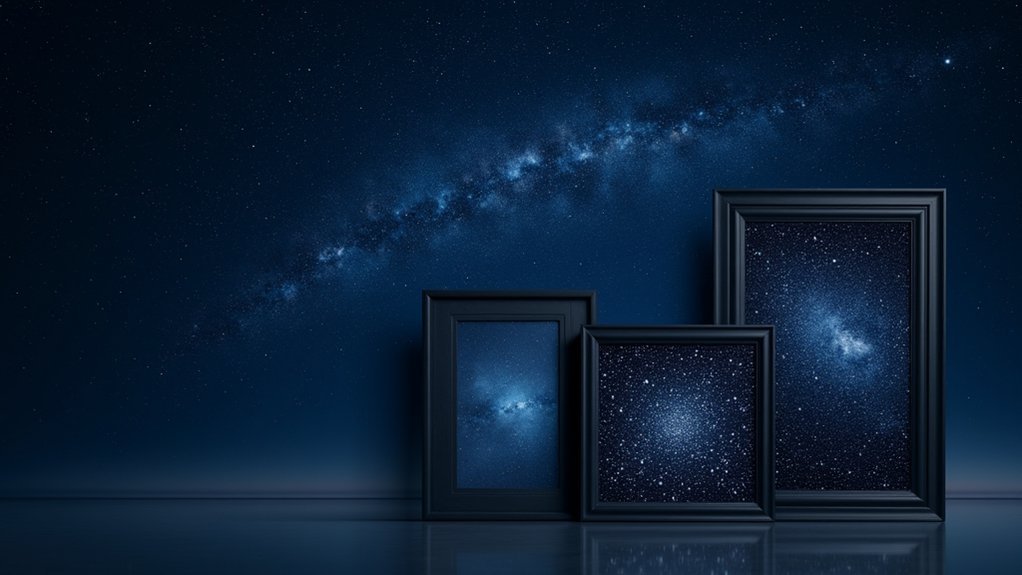
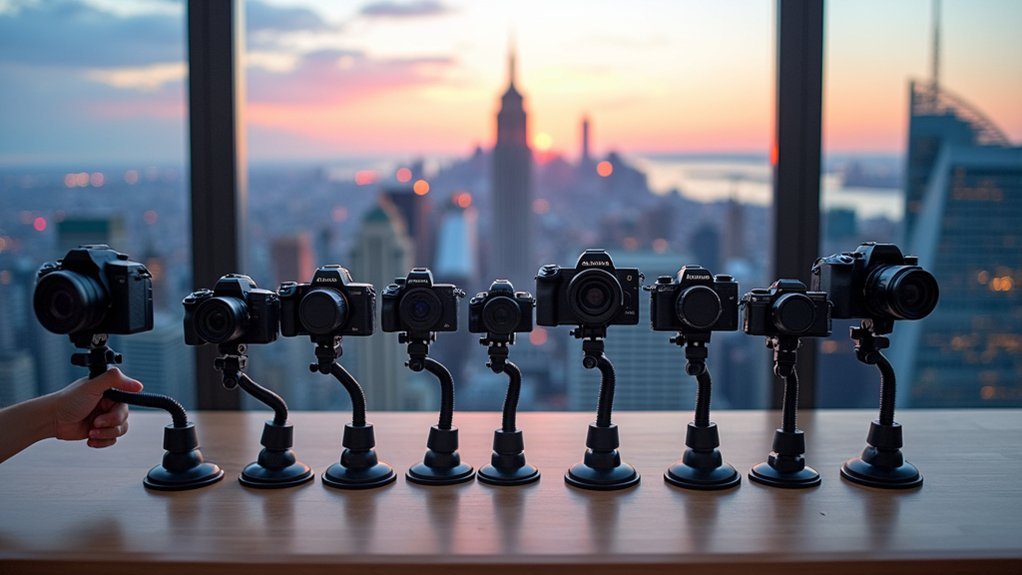
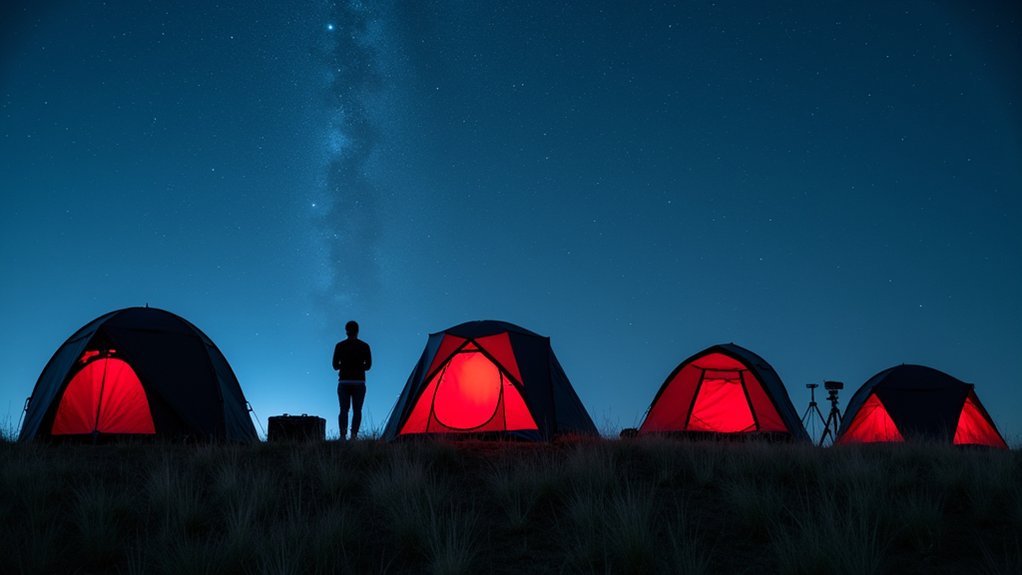
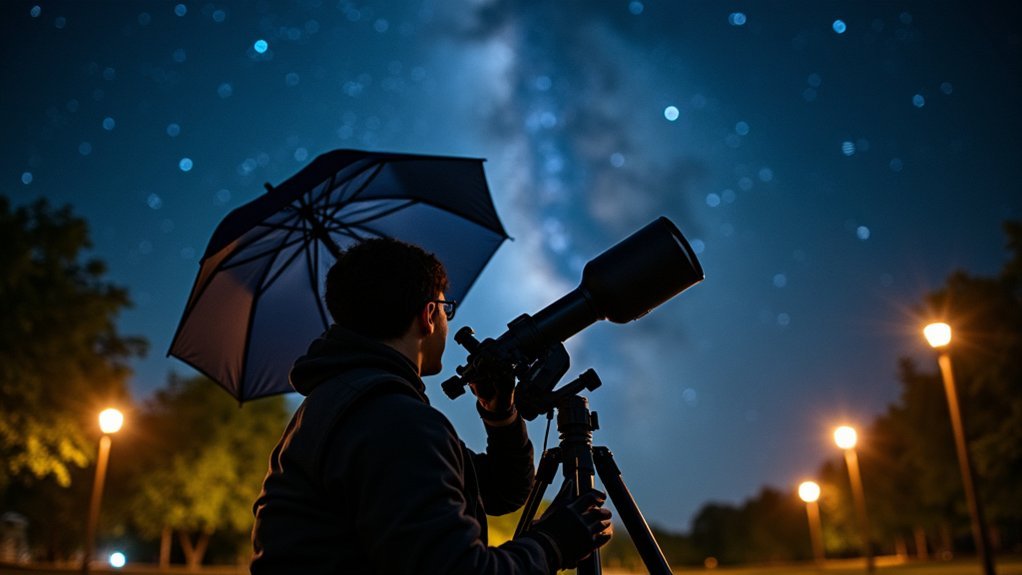
Leave a Reply